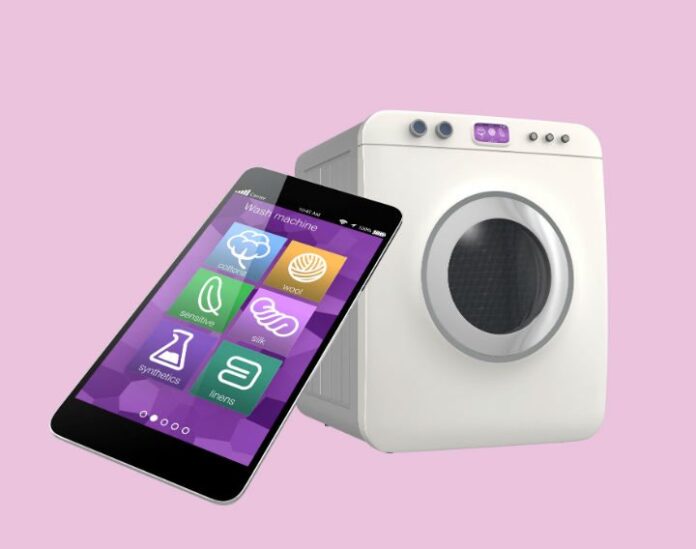Without a doubt, wireless data network devices and applications are growing rapidly. Heavy hitters like Cisco and Ericsson predict there will be 50 billion devices connected by 2020, quite a jump from 14 billion devices in 2013. Of the connected devices, Gartner estimates that 26 billion will be things other than smartphones, computers and tablets.
The next wave of devices will be fixed-location sensors capable of transmitting fewer than 500 bytes of data a day. Strategy Analytics estimates that sensor-based devices will account for approximately 5 billion device connections by 2022. Moreover, the analyst firm predicts that roughly 50% of these new applications will come from startups.
What’s fueling the explosion of the “Internet of Things,” sensor-based devices and generally all connected devices is that costs associated with cellular modems and networks are falling dramatically. However, falling cellular costs can’t solve two important problems for IoT. Despite the drop, lower-priced cellular products are still too expensive and they lack power efficiency for emerging IoT devices.
Sensor-based applications have very specific requirements and considerations:
● Indoor units must have good building penetration;
● Outdoor units must have exceptional range;
● Security will be a major issue;
● Over-the-air protocols must be extremely efficient;
● Must support seven to 10 years of battery power;
● Send fewer than 1,000 bytes of data per day;
● Modem hardware must be very inexpensive;
● Network fees will need to be less than $1 per month;
● New business models will need to accommodate new charging models (for example, only charge when data is sent or when data is urgent or critical).
Unfortunately, today’s cellular networks, especially LTE networks, don’t meet these very specific requirements. Here’s why:
● Cellular hardware and service fees are far too expensive.
● The overhead inherent in TCP/IP and LTE is very inefficient for small data payloads. These networks were designed for carrying large amounts of data like 4K video built to move video to your cellphone, not thimbles full of data.
● Most cellular networks today are “always on” and this drains power. IoT networks need to be stateless to ensure long battery life.
● LTE power requirements are 10 times more for transmit and 100 times more for standby than new emerging network architectures, like LoRa.
So what kind of network do we need? In the market we have heard a few new terms being batted around:
● “Whitespace,” which describes potential frequencies to be used;
● Ultra-narrow band, which describes a modulation scheme;
● Low-power wide area networks, which is an umbrella term used to describe the general network offering.
All three flavors described above support very low speed, 100 bits per second up to 5,000 bits per second. But this is OK, because sensor-based wireless applications only transmit fewer than 1,000 bytes of data or less, a slower network speed is completely sufficient, especially for noncritical or non-urgent applications. In most cellular applications, latency is completely unacceptable – gaming, e-mail, chat, video, voice and the list goes on. Moreover, slower data rates offer better range or penetration. This is where data travels from deep inside buildings to 10-plus miles for outside applications.
While major players are emerging in the LPWA space, there are some obstacles looming around the corner. Several LPWA companies operate in the unlicensed industrial, scientific and medical bands. Because they are unlicensed, these companies can put up their infrastructure wherever they want. This makes it easier and less costly for them to build out networks than licensed networks. However, the ease of deployment of ISM band applications will become a major hurdle because of the interference issues associated with ISM band applications. But this is not a new problem in the ISM band, it just means network operators will need even more bandwidth and to be network efficient. It may also mean that some network operators may choose licensed bands.
Even with some of the challenges ahead, I don’t see the LPWA market slowing down. The applications are too compelling for LPWA to stop now.
Bryan M. Eagle III is VP of business development and marketing at Link Labs and has led successful companies in their marketing, strategic planning and business development efforts for over 25 years. Eagle was previously president of Memphis Ventures, a firm he founded to provide strategic planning and consultancy services to high-growth companies and their investors. His telecom consulting clients have included Sierra Wireless, Digi International and Thuraya among others. Eagle has also held pivotal roles at Media4, Skywire Corp., Cylix, the Discovery Channel and Ally & Gargano in New York.
Editor’s Note: In an attempt to broaden our interaction with our readers we have created this Reader Forum for those with something meaningful to say to the wireless industry. We want to keep this as open as possible, but we maintain some editorial control to keep it free of commercials or attacks. Please send along submissions for this section to our editors at: dmeyer@rcrwireless.com.

